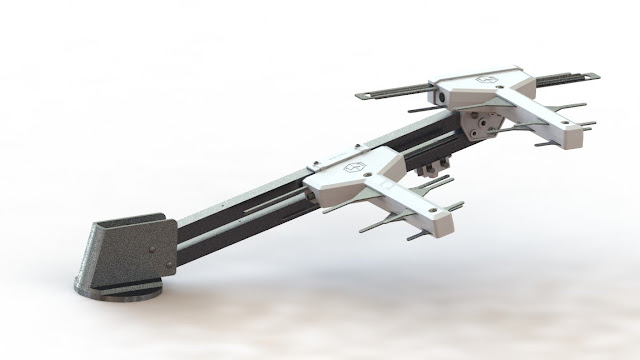Indoor Vs Outdoor TV Antenna: Which One You Should Choose

Despite the rapid spread of the Internet and modern entertainment technologies, people are still crazy about TV shows. They love to watch their favourite TV shows, live telecast of important events, movies, cultural events, etc. They have to choose an antenna for this. Some choose Indoor TV antenna. Some others go for Outdoor TV antenna. There are many individuals who are caught in the dilemma of Indoor Vs Outdoor TV Antenna. They fail to decide which TV antenna is suitable for them. So, let’s talk about this. 1. Basic Introduction Indoor TV Antenna It is installed inside the house. They are easily installed. You don’t need to lay a coaxial cable to the street or make a hole in the facade wall or window frame to install the antenna. You hardly enjoy high-quality picture on your TV. Outdoor TV Antenna Generally, it is installed on the roof or outside the house. You need cables to connect the antenna to the TV. You can enjoy high-quality picture while watching your favourite

